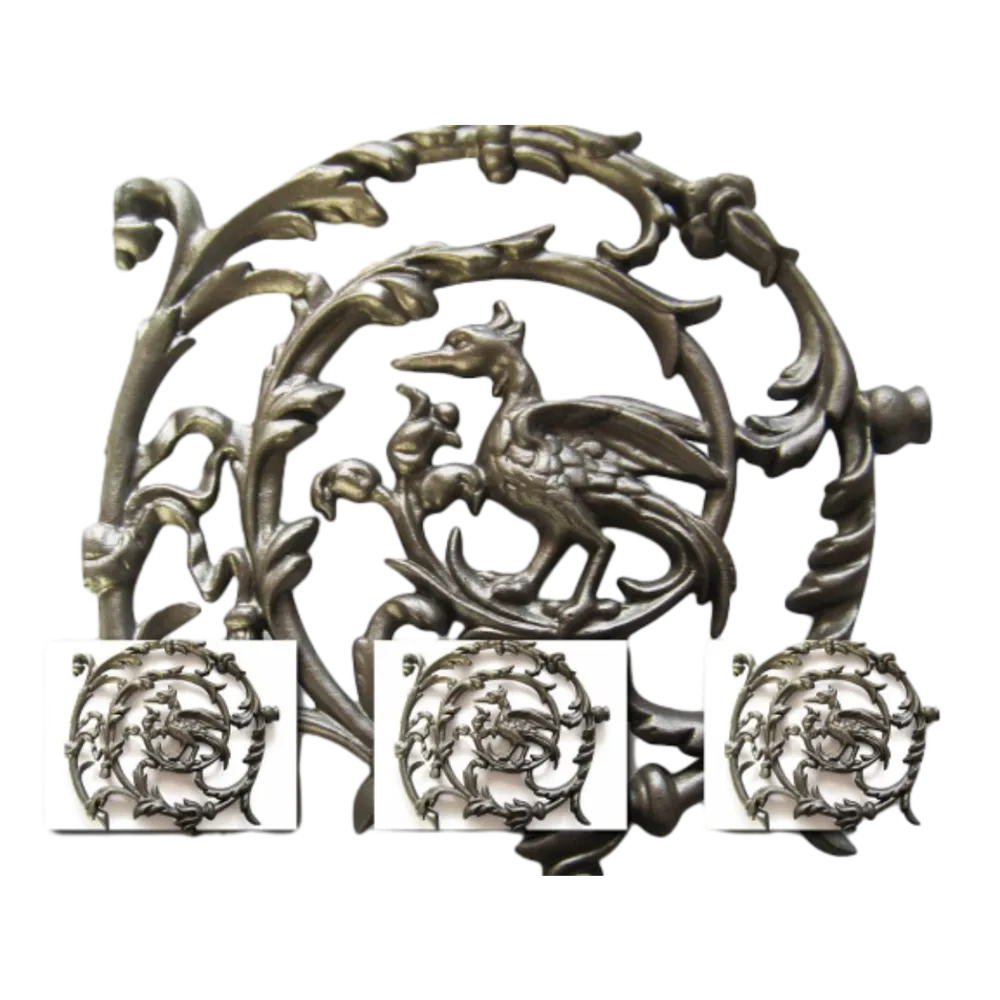Durable Solutions with Cast Iron Panels for Modern Architecture and Design
The Versatility and Benefits of Cast Iron Panels
Cast iron panels have been a staple in architectural design and construction for centuries, known for their durability, aesthetic appeal, and functional properties. This traditional material has undergone a renaissance in recent years, thanks in part to its versatility and the resurgence of interest in sustainability and heritage in construction.
One of the most significant advantages of cast iron panels is their strength. Cast iron is renowned for its high tensile strength and durability. Unlike other materials that may deteriorate over time, cast iron can withstand harsh weather conditions, resist corrosion, and endure heavy loads. This makes it an ideal choice for various applications, from decorative elements to structural components. Therefore, it is commonly used in building facades, fences, railings, and even as ornamental features in parks and gardens.
In addition to its structural integrity, cast iron panels offer a unique aesthetic charm. The intricate designs and details that can be cast into iron provide a timeless quality that enhances the visual appeal of any space. Many historic buildings feature beautifully crafted cast iron elements, showcasing the artistry that can be achieved through this medium. Today, architects and designers often incorporate cast iron panels into modern constructions, bridging the gap between traditional craftsmanship and contemporary design. Whether used as decorative facades or innovative interior applications, cast iron panels add character and elegance to any environment.
Another compelling feature of cast iron panels is their sustainability. As the world increasingly focuses on environmentally friendly materials and practices, cast iron stands out for its recyclability. The production of cast iron materials typically uses recycled iron, which reduces waste and the consumption of raw resources. Furthermore, cast iron is known for its longevity, often lasting for over a century with minimal maintenance. This durability not only makes it a cost-effective choice but also aligns with modern sustainability goals, minimizing the need for frequent replacements and conserving resources.
cast iron panel

In addition to their practical benefits, cast iron panels possess remarkable thermal properties. They have the ability to retain and radiate heat efficiently. This quality can be advantageous in construction, particularly in climates where heating is essential. Structures that utilize cast iron panels can maintain a comfortable indoor temperature longer, potentially leading to energy savings in heating and cooling. As more architects seek to design energy-efficient buildings, the thermal properties of cast iron are increasingly recognized as valuable.
Despite its many advantages, working with cast iron panels requires a certain level of expertise. The casting process itself necessitates specialized knowledge and skilled craftsmanship to ensure high-quality production. Moreover, the heavy nature of cast iron demands careful consideration in construction and installation. However, these challenges can often be overcome with the right planning and collaboration among architects, engineers, and contractors.
One noteworthy trend is the resurgence of cast iron in interior design. While traditionally seen in exteriors, designers are discovering the beauty and practicality of incorporating cast iron panels into interiors. Used in partition walls, cabinetry, or even furniture, cast iron brings a unique industrial flair that can complement a range of design styles, from rustic to modern minimalist.
In conclusion, cast iron panels represent a fascinating blend of beauty, functionality, and sustainability. Their durability and strength make them suitable for a wide range of applications, while their aesthetic appeal adds character to both historical and modern architectural designs. As more designers and builders embrace this timeless material, cast iron panels are likely to continue finding their place in innovative projects around the world, seamlessly connecting the past with the future. With their endless possibilities, cast iron panels are undoubtedly worthy of our attention in the ever-evolving landscape of architecture and design.
-
Wrought Iron Components: Timeless Elegance and Structural StrengthNewsJul.28,2025
-
Window Hardware Essentials: Rollers, Handles, and Locking SolutionsNewsJul.28,2025
-
Small Agricultural Processing Machines: Corn Threshers, Cassava Chippers, Grain Peelers & Chaff CuttersNewsJul.28,2025
-
Sliding Rollers: Smooth, Silent, and Built to LastNewsJul.28,2025
-
Cast Iron Stoves: Timeless Heating with Modern EfficiencyNewsJul.28,2025
-
Cast Iron Pipe and Fitting: Durable, Fire-Resistant Solutions for Plumbing and DrainageNewsJul.28,2025
-
 Wrought Iron Components: Timeless Elegance and Structural StrengthJul-28-2025Wrought Iron Components: Timeless Elegance and Structural Strength
Wrought Iron Components: Timeless Elegance and Structural StrengthJul-28-2025Wrought Iron Components: Timeless Elegance and Structural Strength -
 Window Hardware Essentials: Rollers, Handles, and Locking SolutionsJul-28-2025Window Hardware Essentials: Rollers, Handles, and Locking Solutions
Window Hardware Essentials: Rollers, Handles, and Locking SolutionsJul-28-2025Window Hardware Essentials: Rollers, Handles, and Locking Solutions -
 Small Agricultural Processing Machines: Corn Threshers, Cassava Chippers, Grain Peelers & Chaff CuttersJul-28-2025Small Agricultural Processing Machines: Corn Threshers, Cassava Chippers, Grain Peelers & Chaff Cutters
Small Agricultural Processing Machines: Corn Threshers, Cassava Chippers, Grain Peelers & Chaff CuttersJul-28-2025Small Agricultural Processing Machines: Corn Threshers, Cassava Chippers, Grain Peelers & Chaff Cutters












